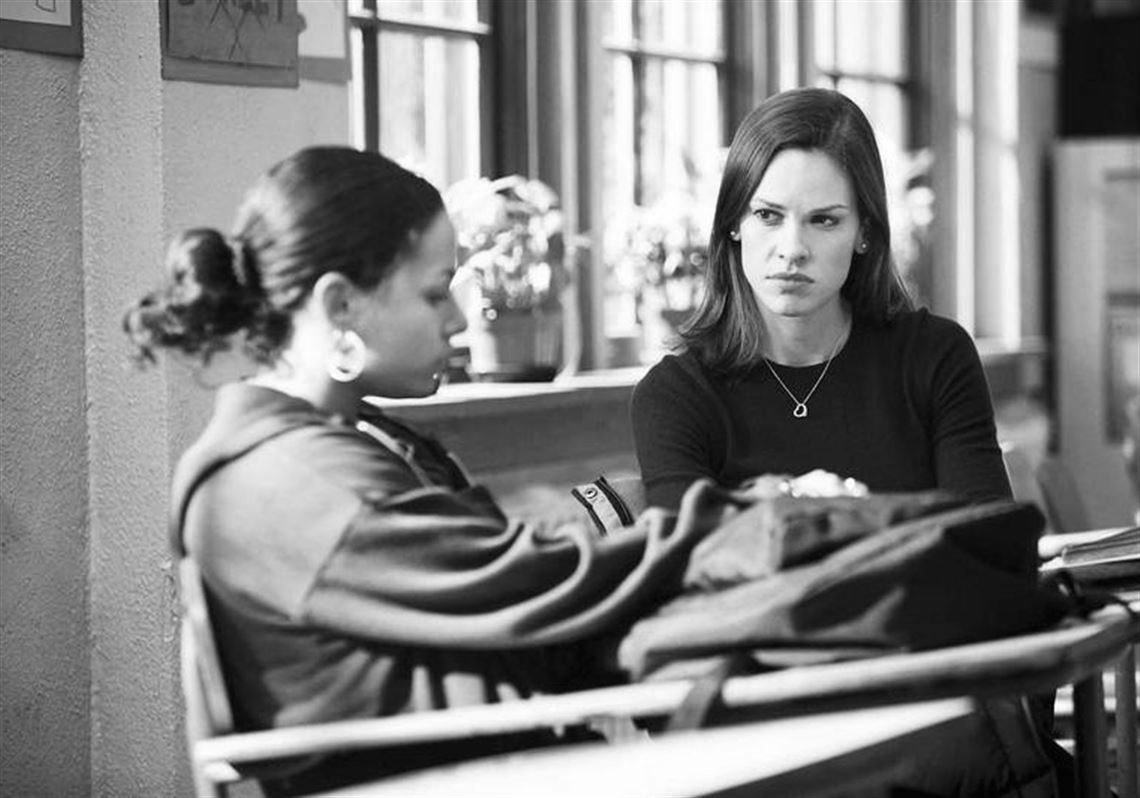
Championing diversity and inclusivity in the Arts isn’t always about feeling good
Monikka Eliah
Everyone wants to champion change when it’s fronted by a group of sexy young people sipping on soft drink cans, or when it’s confined to a celebration with exotic catering you can brag to your colleagues about sampling. It’s the kind of marketing that makes diversity and inclusivity accessible. A pin or a slogan, in exchange for a few dollars or ‘a moment of your time’. It gives us the comfortable role of a consumer exempt from responsibility. Able to dip in and out of the path to progress at our convenience.
In a similar vein, everyone wants to champion diverse voices, if it lands them a Hilary Swank, Freedom Writers moment. Standing in front of a group of students, eyes glazed with tears, determined for them to see the talent and agency they don’t see in themselves. What could be better than the opportunity to play saviour to a group of people who have been systematically disempowered? I recognise the film is based on a book by Erin Gruwell. My criticism is not of her efforts or achievements but of those of us who seek to emulate her for the sake of feeling righteous or important. The expectation of reward or acknowledgement should not be the motive to engage actively in the pursuit of empowering others.
Despite their inability to make substantial long term impacts, these two threads of shallow engagement get far more attention than the lasting change that requires renegotiation of structures and resources. Whilst time and money are poured into presenting as inclusive, the fundamental shifts that necessitate consideration of privilege, power and unconscious bias are ignored. Inclusivity is not reserved for celebrations, television advertisements, political campaigns or stories about war or hardship. It should be consistent, it should be the default when considering the distribution of power and resources in any sector.
Obstruction to change does not solely manifest itself in the actions or intentions of major corporations. Change can be obstructed by individuals personalising examinations of larger structural issues. For instance, the spaces and platforms to discuss CALD issues in the Arts are limited enough, without having to spend time during a panel about literature and racism assuring an adult in the third row clutching their KeepCup that “Yes. You are a good person.” Avoiding personalising larger structural issues is important if we have a genuine investment in working towards a more inclusive future. Failing to react objectively often results in making ourselves the obstacle to progress. Ideas are forced to shrink, movements are put on pause, when a conversation about how things can and should change becomes a conversation to reassure a single person.
It is at this point that I will include the necessary “Not all blank” statement to cover those who have made a genuine investment in shifting the artistic landscape to be more inclusive. I would also open this “Not all blank” up to anyone presently feeling the heated fires of contention or an intense desire to defend themselves or their practice. Feel free to assume yourself the exception. Realistically though, I believe an honest examination of our individual paths and ways of thinking would reveal that each of us possess at least a little resistance to change and progress.
Diverse and inclusive employment and engagement across the Arts in both administration and practice is our predetermined future. However, we are still negotiating the speed with which we move forward and the manner in which we navigate ourselves and interact with others as we do. To make powerful strides forward, diversity and inclusivity need to be considered not as fleeting trends, in the way of vampire heart throbs and fidget spinners, but as fundamental to any practice in the Arts. It is only with this perspective that we can all collectively trudge through the experiences that are uncomfortable, inconvenient and frightening towards a just and progressive future.
It is easy and convenient to imagine that when we talk about exclusivity or conservatism that somehow the Arts remain unaffected. That while we complain about every other corner of our society, the Arts automatically sits on the side of progress. We in the Arts often make the mistake of assuming that we are consistently operating to challenge rigid ideas. That we always inspire interactions and engagement with the new. However, the Arts are not impervious to capitalistic and colonial structures. There is still very specific ideals being packaged and sold in a very specific way to one audience. Marketability remains a consideration and the open acknowledgement of this is necessary. Naturally, the organisations and individuals currently operating are forced to consider the artistic and economic risk of presenting audiences with the new or different. Whilst this would compel some to avoid shifting for fear of sustainability, it is valuable to consider that new ideas and new ways of working also offers the opportunity to access broader audiences.
Surface changes are not enough. Renegotiating structures, resources and expectations are necessary. Both audiences and practitioners have to be conscious of the power they hold and take responsibility for their impact. We all carry varying degrees of privilege. Our collective strength will be in determining how we can use this privilege to benefit others without assuming authority or power over them. Not for any other reason that because it is the right thing to do.
About the Author
Monikka Eliah is an Assyrian-Australian writer from Fairfield and is part of the Sweatshop Writers’ Collective. Monikka has participated in National Theatre of Parramatta’s Page to Stage program and Curious Works Breakthrough Program and was a recipient of the Southland’s Emerging Artists Award in 2018. Monikka’s work has been published in The Big Black Thing, SBS Life and The Lifted Brow.
Brilliant article – thank you!